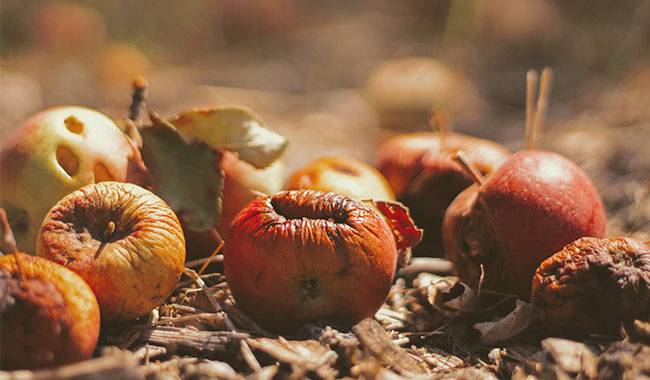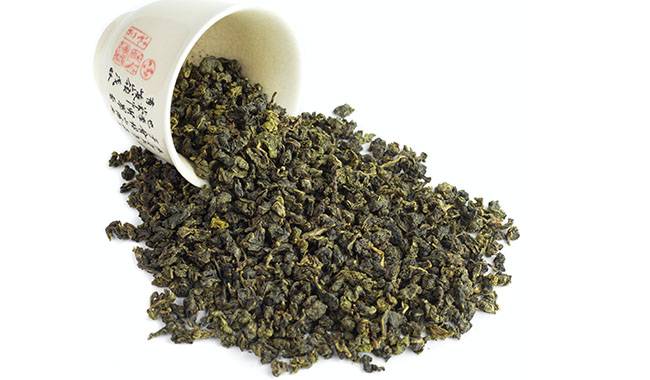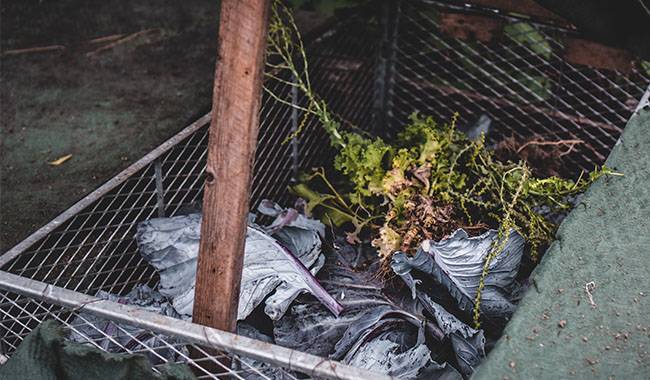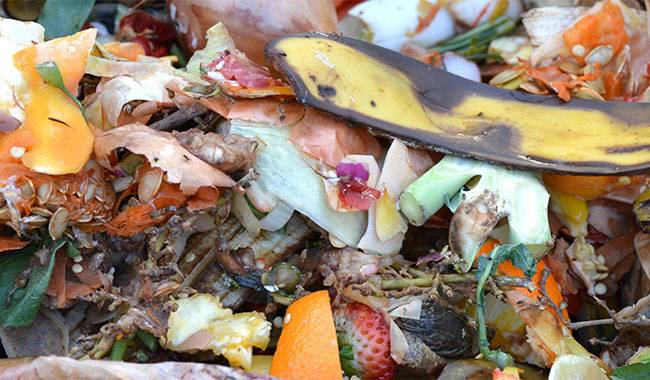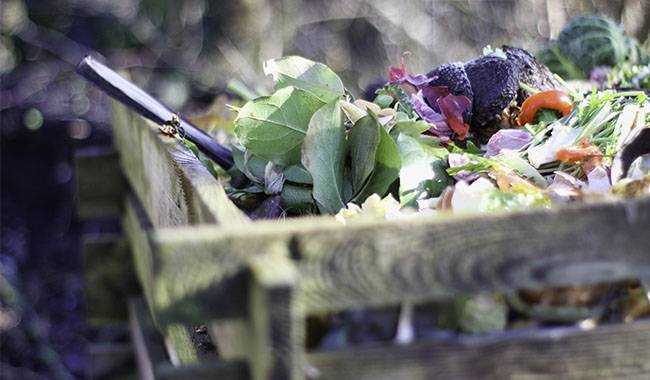
Compost is the most convenient, effective, and versatile organic fertilizer. Every gardener has the opportunity to create the best soil amendment from waste himself. But to get high-quality compost, you can’t rely on luck and you have to follow the rules. Composting is determined not only by the ingredients but also by the conditions.
And it takes a lot of patience. If you stick to the basic principles of composting, you can produce good fertilizer the next season. And clever helpers from the biologics range to speed up and optimize the composting process.
Composting is an uncomplicated but time-consuming natural process for creating the perfect organic fertilizer. Worms, bacteria, and fungi break down the organic residue into a homogeneous and mature compost. The composting process is based on the same process as in the soil but multiplied and accelerated under the right conditions.
As the best of the best, composting is not just a way to save money, it’s a “free” version of the all-purpose fertilizer. It is the easiest, safest, most reliable, and most sustainable way to treat organic waste. And it is indispensable for improving and restoring soil fertility and crop yields.
DIFFERENT WAYS OF COMPOSTING: THE SAME RULES
You need a special place – a composter – to prepare your compost pile. The simplest location is a compost pit, dug deep, large, and flat. In these, it is not easy to keep track of the moisture content of the entire compost mass, the uniformity of conditions, or to ensure air circulation.
Therefore, in-ground composters are preferable. A good off-the-shelf solution is to purchase professional compost bins and containers. But a much simpler and equally effective solution – composting with walls – is also possible. You can use any homemade compost bins and boxes that you can make from screens, boards, pallets, etc.
Composters should be high capacity, durable, hard-wearing and safe for the ecosystem. The minimum volume of the structure should be about 1.5 cubic meters, with a width and height of at least 1 meter. Removable lids and doors can be provided for convenience, but effective protection can also be achieved by simply covering the composter with cling film.
Ensure that there are sufficient openings in the walls to allow free air circulation so that the composter can breathe.
If there is only one composter, then the composter has a cell for filling a single “batch” of waste – you must peel off the top few layers to “collect” the finished compost. Thus, composters with multiple compartments for storing mature, cooked compost and fresh material are more convenient. There is always room for new waste and the use of the compost section can be rotated.
Placement matters
It is best to locate the composter or compost pit in as convenient a place as possible. It is not enough to hide it without destroying the beauty and functionality of the garden. To make the composter easy to use, it is best to place it close to landfills, houses, and seedbeds.
Generally, you would place it next to an outbuilding. A semi-shady, warm, flat, wind-proof place with no danger of water accumulation is preferable. The composter is simply placed or erected on the ground; it does not require a foundation or concrete pad. However, it is worth considering in the form of a grid to keep out rodents and other unwanted visitors.
Composting materials
Fill composters throughout the season and fill them with materials as they mature. The more diverse the organic materials used for composting, the more effective the compost itself will be. You can use any safe organic waste and materials for composting.
- Wood: small branches, wood chips, sawdust, shredded large branches, or bark.
- minced grass: chopped green plants (leftover after pruning and harvesting without inflorescence tips, stems, leaves, branches, or even weeds).
- fresh fertilizer or manure.
- dry material (leaves, hay, straw, husks, etc.).
- cut grass.
You can safely put the vegetable waste and biodegradable kitchen waste such as peels, coffee grounds, coffee grounds, stems, and unused bits of fruit and vegetables that show no signs of disease into the compost.
All safe and biodegradable paper species are also allowed. To avoid encountering unpleasant odors, it is worth excluding cabbage. All animal products are also unacceptable. Before introducing kitchen waste, it is advisable to give the kitchen an additional biological treatment, which will prevent the spread of fungal diseases in the compost pile.
To get the best compost, you should put at least 3 different types of waste in one composter.
The compost should contain about 5 times more brown lumps (dry or woody, carbon-rich) than green (fresh, plant-based, moist) waste. Carbon waste is the basis of composting, but both types of compost are equally necessary for its preparation, and it is their interaction that determines the entire process.
A lack of nitrogen leads to a slowing down of the composting rate and the drying up of the compost mass, while an excess of nitrogen leads to overheating of the compost and the production of slime and unpleasant odors. Only an ideal balance is a prerequisite for an even and balanced compost pile and active growth of beneficial bacteria.
The quality of the “raw material” is very important. The coarser the particles, the longer the conversion time. Even a lot of meaty but coarse material needs to be chopped to speed up composting. And freshly cut grass, leaves or weeds should be dried in the sun before composting.
Do not use any parts of diseased or pest-infested plants, toxic species, weeds with seeds, construction debris, chemicals, large branches, bones, shells, and plastics for composting.
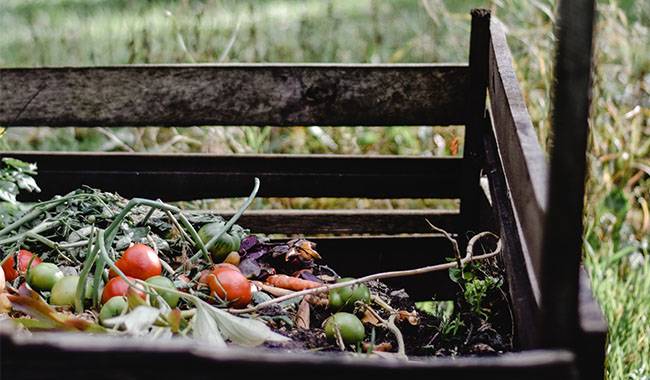
PROPER COMPOSTING STARTS WITH THE LAYOUT
Balanced and even distribution of materials is important for composting. Pile organic material in layers of 4-12inch (10-30 cm) high, which should not be compacted. Each new layer should preferably be covered with a thin layer of garden soil, peat, or finished compost.
The bottom layer always contains the “coarse” material, which provides better permeability. Then simply alternate layers of coarse and fine, wet and dry material, wetting each new layer immediately and evenly.
When the composter or compost pit is full, top it with a layer of soil about 4inch (10 cm) high, a “warm” layer of straw or hay, and then cover the composter or pit with a lid or perforated film to allow for ventilation.
PREPARING THE RIGHT CONDITIONS FOR COMPOSTING
To get the perfect fertilizer from your organic waste, you need to provide ideal conditions for useful bacteria and worms to flourish. In order to effectively break down organic waste, you need.
- A humidity level of around 60%. The compost mass should not be wet, but evenly moistened, clenched, and “floating” releasing only a few drops of moisture. If it is dry, water it additionally, and if it is too wet, open it slightly and loosen it.
- The optimum temperature is 104°F (40°C) or more immediately after setting, and 68-104°F (20°C-40°C) during the maturity of the compost. The optimum temperature for compost containing useful microorganisms is 77°F (25°C). Nitrogenous green manure is a “contributor” to temperature, and increasing the mass of nitrogenous green manure will increase the temperature.
- Aerial access. Ventilation holes and perforated walls are not enough. Start mixing compost 2 weeks after production and loosen the mass every 1-2 weeks (but at least once a month).
The readiness of the compost can be judged by its pleasant woody odor; its dark, uniform color; and its texture, which changes to a uniform crumbly consistency.
It usually takes a year for the compost to fully mature. For composts using slowly decomposing materials, 2 years may not be enough, and for fresh plant matter, the maturation period is shortened to 14-16 weeks.
Ways to speed up the composting process can also include the use of compost preparations containing beneficial bacteria. By creating a high concentration of effective microorganisms, the rapid decomposition of organic matter is promoted and the quality of humus is improved.




